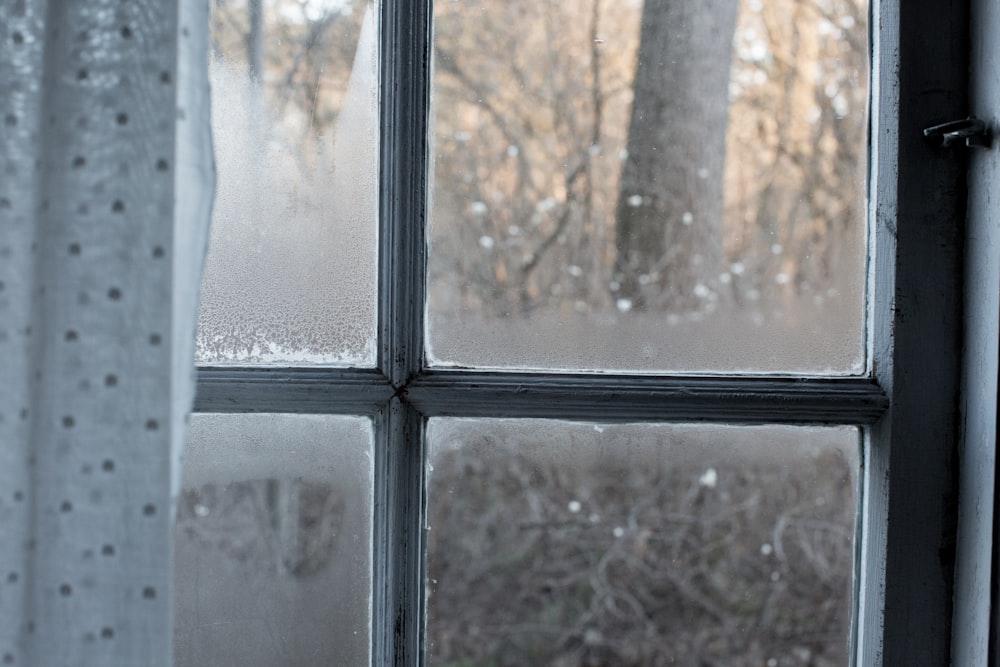Tackling condensation on internal walls
As Winter draws in and the temperature starts to drop, one of the problems that can occur in homes is internal wall condensation.
This happens when warm, moist air comes into contact with a cold surface, such as an internal wall. The water vapour in the air then turns into liquid droplets, which can lead to a number of problems including mould and mildew growth, damage to walls and ceilings, and health issues for residents.
In this blog, we will discuss how to tackle internal wall condensation using Wallrock thermal liners.
WHY DOES CONDENSATION HAPPEN?
Condensation on walls occurs when the warmer room air comes into contact with a colder wall. In order to address this issue, we want to separate the surface of the wall by creating a thermal barrier between the wall’s surface and the warmer air inside the room
This will prevent the warm air from coming into contact with the cold wall and will help to keep the room at a consistent temperature.
HOW CAN I TELL IF I HAVE CONDENSATION ON MY WALLS?
One way to tell if you have condensation on your internal walls is to look for any peeling paint or wallpaper, or water droplets on the surface of the wall.

You may also notice mould or mildew growth, which can lead to musty smells in the room. If you suspect that you have condensation on your walls, it’s important to address the issue as soon as possible to prevent further damage.
HOW TO TACKLE CONDENSATION ON INTERNAL WALLS WITH WALLROCK THERMAL LINERS
One way to tackle internal wall condensation is to use Wallrock thermal liners.
Wallrock thermal liners are made from a specialised material that helps to create a thermal barrier between the wall’s surface and the warmer air inside the room.
This prevents the warm, moist air from coming into contact with the cold wall surface, and can help to reduce condensation and improve indoor air quality.
Thermal wall liners have been designed to create this layer of thermal insulation on a wall and here at Cover Your Wall we stock Wallrock Thermal Liners that can help tackle condensation on walls.
We provide both standard Wallrock thermal liner and KV600 thermal liner.
The thermal base material also has a Wallrock liner on one side so that when hung on the wall there is a smooth surface which can be either painted or covered or overhang with Wallrock Fibreliner to get a better finish.
You can use our polystyrene-based insulation as well. They work well and are cheaper to use, however, please note that polystyrene isn't breathable. So, if you're using it in an area that is prone to condensation, you will need to make sure that there is good ventilation in the room to prevent the build-up of moisture.
ADDITIONAL WAYS TO HELP TREAT WALLS WITH CONDENSATION
In addition to using Wallrock Thermal Liners, there are a few other things that you can do to help treat internal walls with condensation:
- Use a dehumidifier: Dehumidifiers help to remove moisture from the air, which can help to reduce condensation on walls.
- Improve ventilation: Good ventilation is key for preventing condensation on internal walls. Make sure that your home is well-ventilated by opening windows and doors when possible, and using exhaust fans in bathrooms and kitchens.
- Use a humidistat: A humidistat is a device that measures the humidity in the air. You can use a humidistat to monitor the indoor air quality in your home and make sure that the air is not too moist.
- Leave a gap between furniture: When placing furniture against internal walls, make sure to leave a small gap of around 10-15cm. This will allow air to circulate and will help to prevent condensation on the walls.

- Insulate internal walls: Another way to help prevent internal wall condensation is to insulate the walls. This will help to create a thermal barrier between the warm air inside the room and the cold wall surface.
TIP: We have an article on this and everything you need to know.
- Use draught excluders: Draught excluders can help to seal gaps around doors and windows, which will help to prevent cold air from entering the home and causing condensation on internal walls.
These are just a few tips that can help to reduce condensation on internal walls. If you have any questions or would like more information, please don’t hesitate to contact us. We would be happy to help!